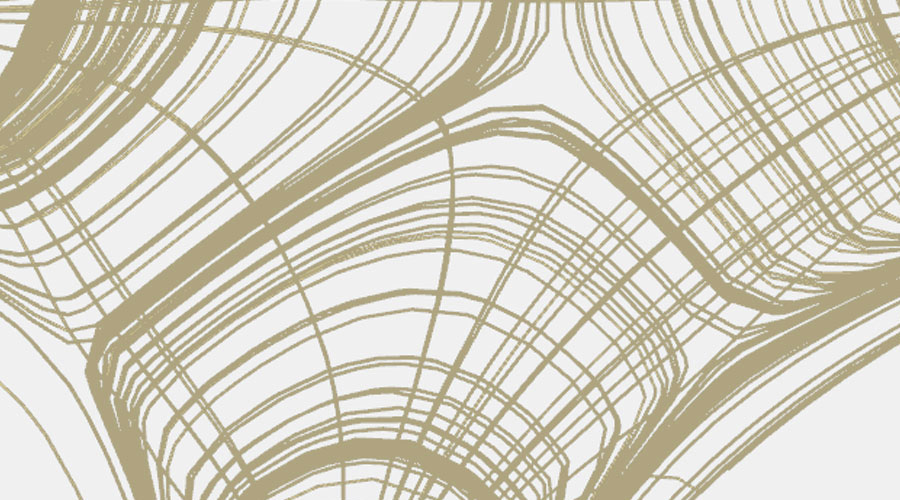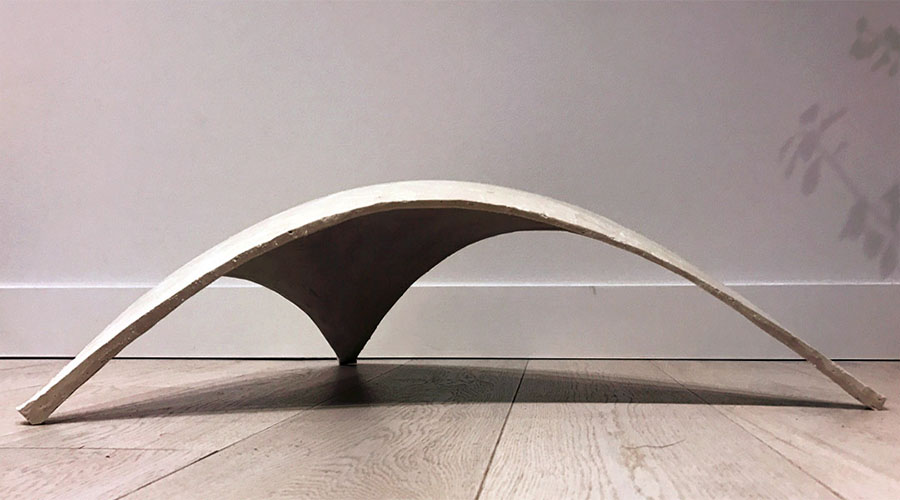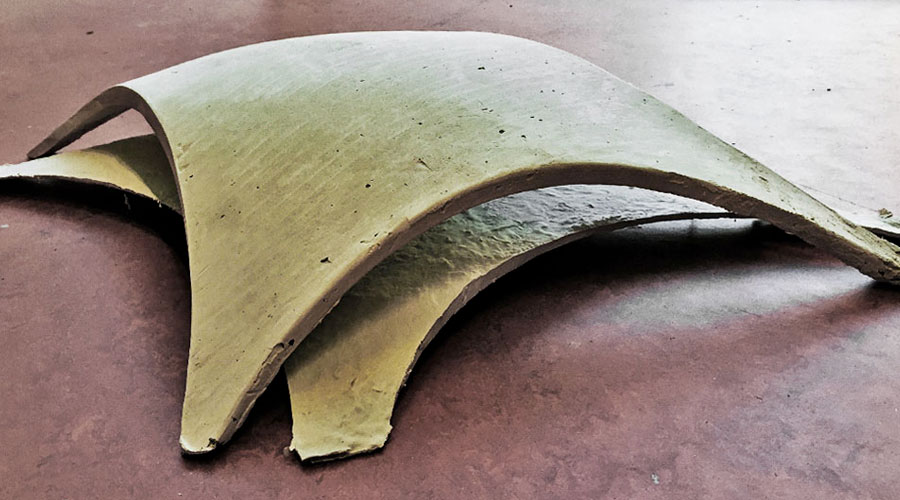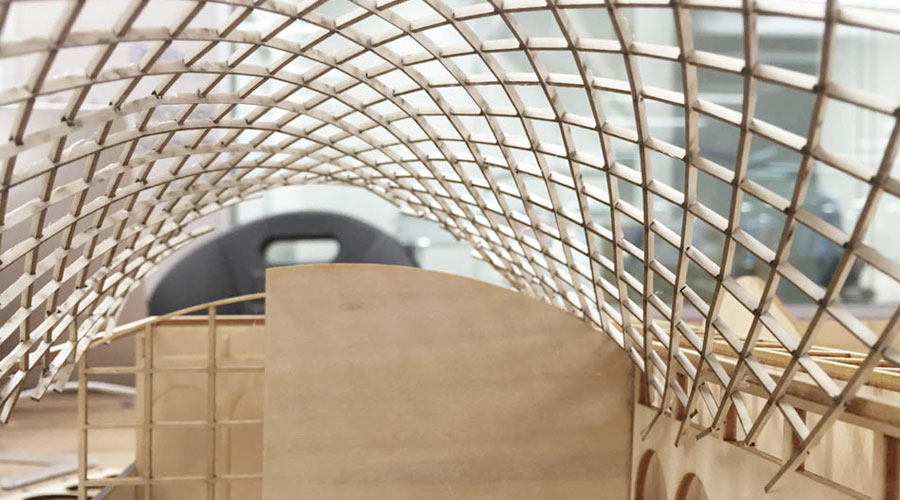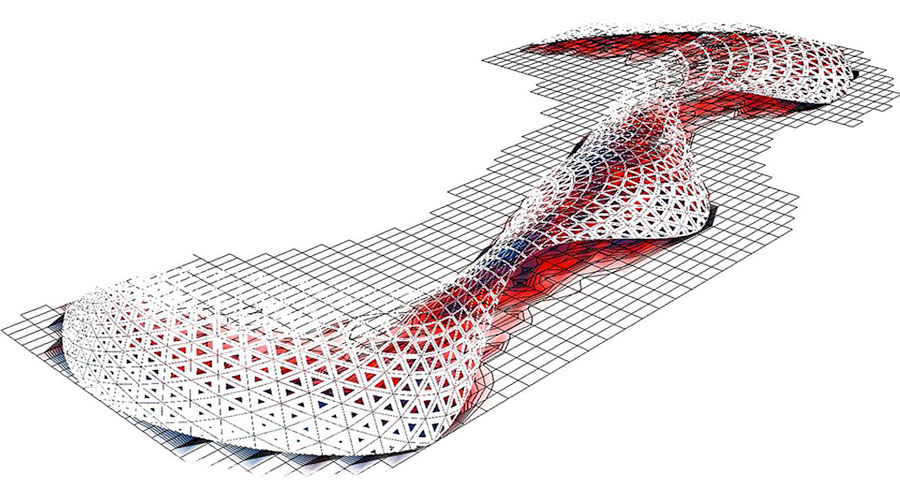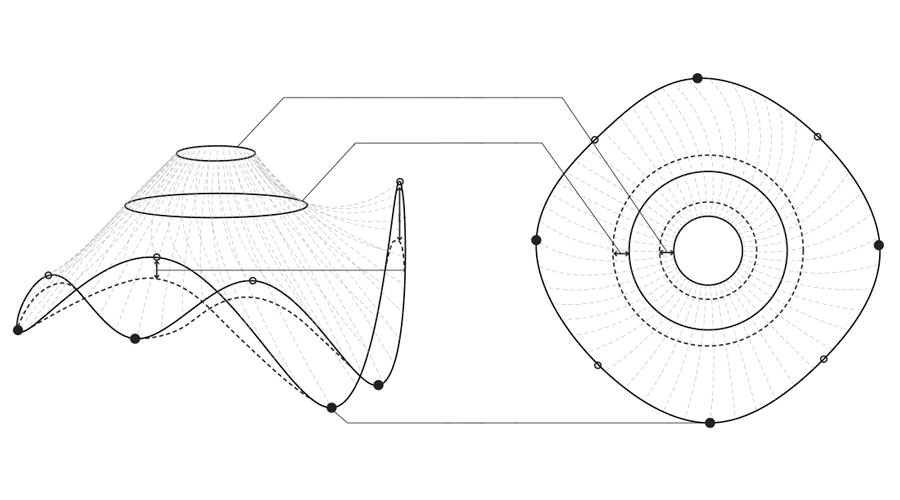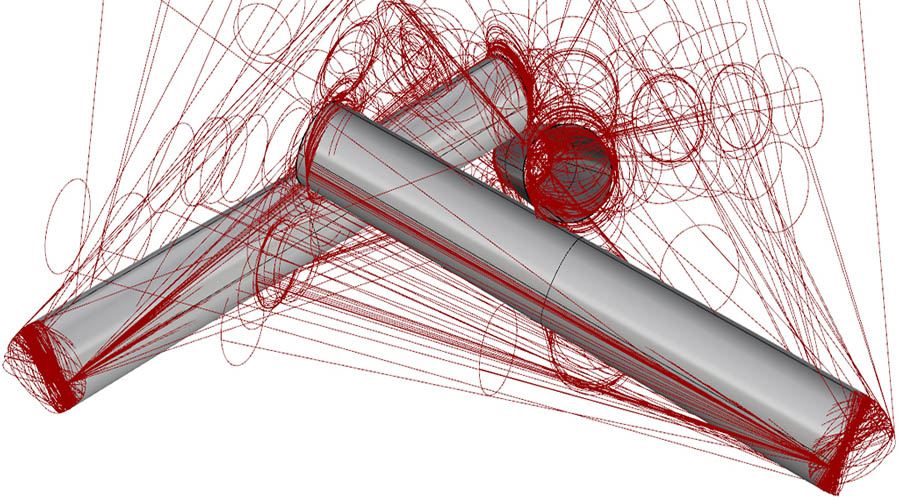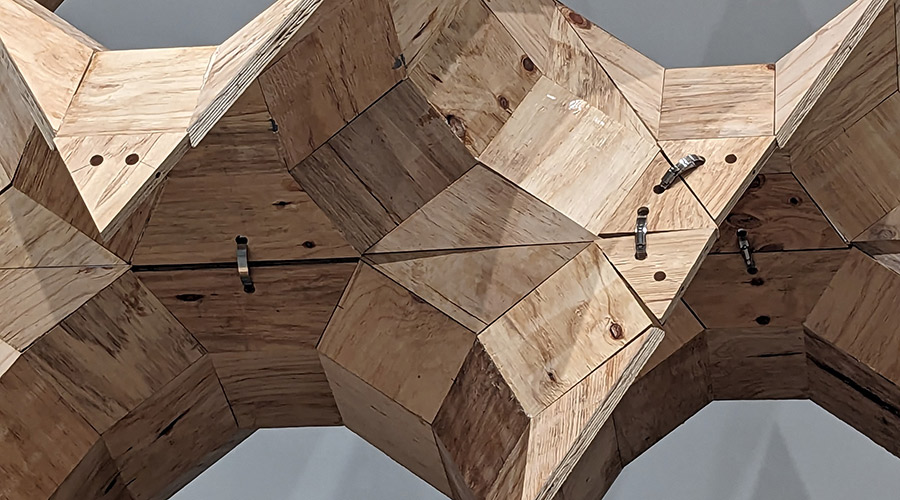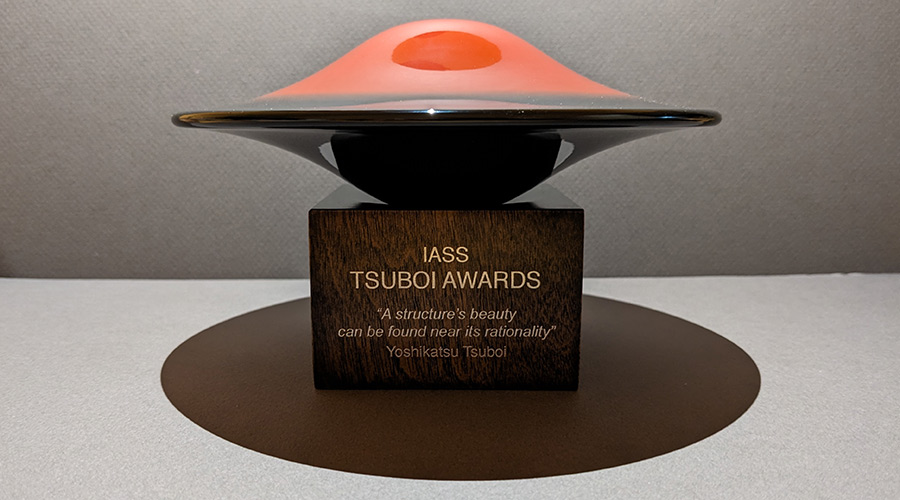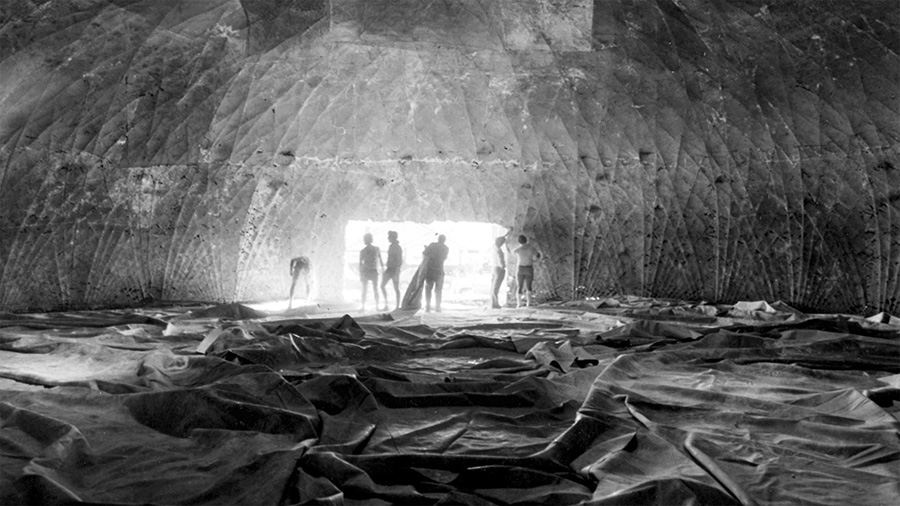The 8th edition of “How virtual becomes real” continued the research into the applications of form-resistant structures. The virtual and the real were synthesised by means of both physical form-finding and numerical/digital models.
Sofia Colabella, Alessandro Liuti and I completed a 3-day workshop on “Mixed Reality”, directed by Fologramand NExT Lab at the Melbourne School of Design (MSD).
The 7th edition of “How virtual becomes real” continued the research into the applications of form-resistant structures. The virtual and the real were synthesised by means of both physical form-finding and numerical/digital technologies.
The 6th edition of “How virtual becomes real” continued the research into the applications of form-resistant structures. The virtual and the real were synthesised using both physical form-finding and numerical/digital technologies.
This 5th edition of “How virtual becomes real” continues the research into the applications of form-resistant structures, through working methods that seek to synthesise ...
How virtual becomes real is a design studio offered by the Master of Architecture, MSD, Melbourne University, where the students deal with form-resistant structures, such as ...
Master of Architecture students of the University of Melbourne have completed a 12-week studio that involves Rhino, GH and Karamba to design gridshell structures. The design studio combines ...
Let us consider three glasses, arranged on a table at the vertices of a hypothetical equilateral triangle, and then imagine covering that area using ...

